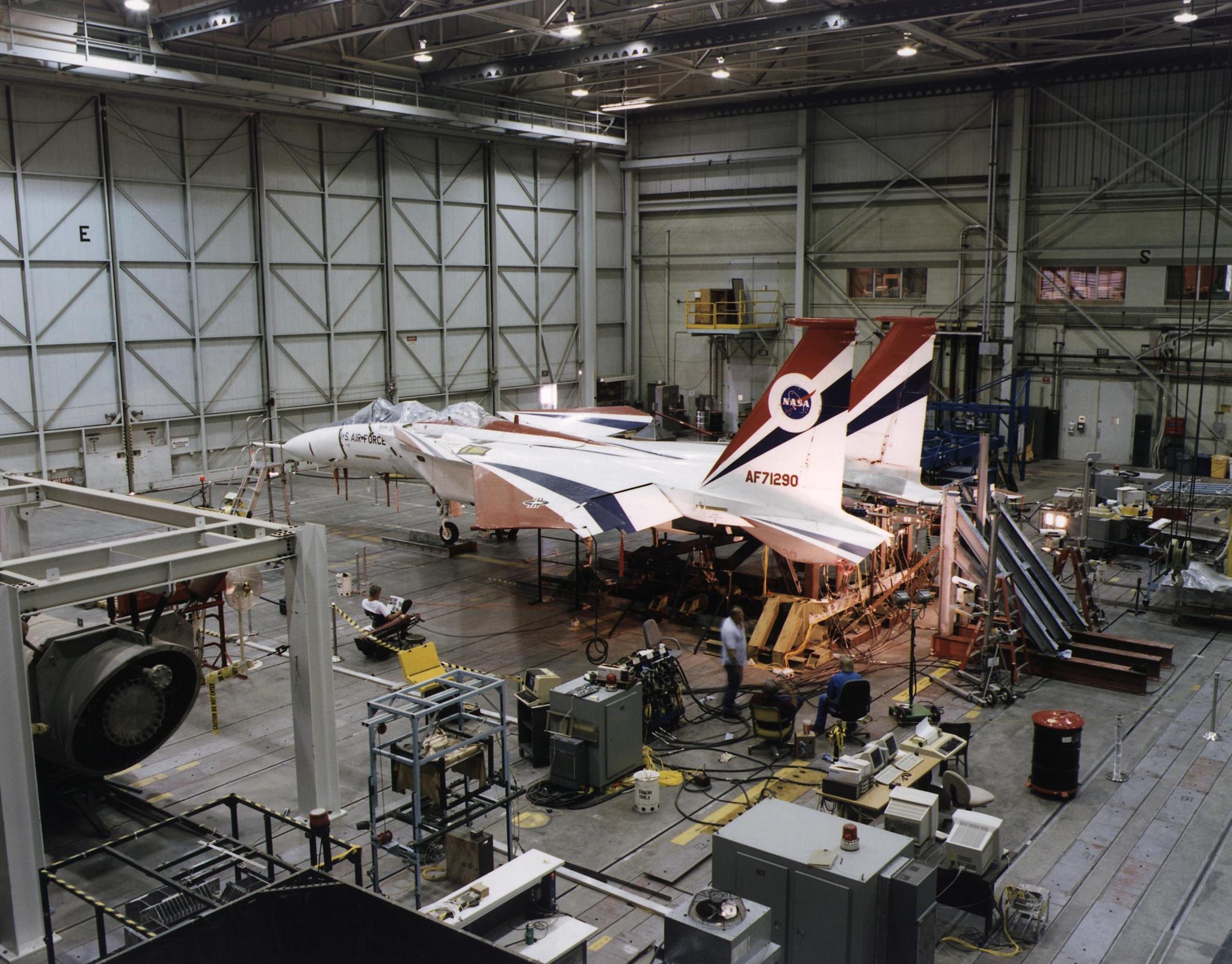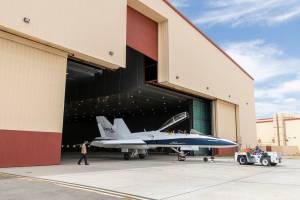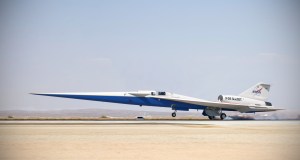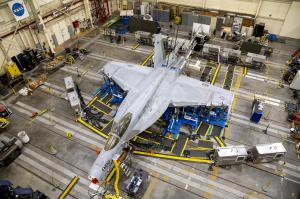Home
Characteristics
Quick Facts
Capabilities
Flight Loads Laboratory Capabilities
The FLL supports a broad spectrum of flight-research programs from NASA, DoD, private industry, aerospace organizations and academia.
With its accessibility to the Rogers Dry Lake and the Edwards Air Force Base flight line, the FLL is ideally suited to conduct structural tests on a wide variety of experimental vehicles.
A unique collection of thermal and structural test systems and world class expertise in ground and flight based aerospace structures research combine to create a powerful set of capabilities for aerospace structures research and test. The tools and processes utilized by the FLL’s technical team date back to ground and flight testing of the X-15 hypersonic research airplane and have been continuously refined through our experience with many other programs since including the YF-12, X-29A, Active Aeroelastic Wing, National Aerospace Plane, and X-37 to name just a few.
The FLL maintains the systems and skills to design and conduct tests and perform post-test analyses associated with:
- Mechanical Testing
- Structural Dynamics Testing
- Thermal Testing
- Advanced Structural Instrumentation
The mechanical and structural dynamic test capabilities in the FLL can be combined with its thermal testing capabilities to study the effects of the combined conditions. This makes verification of static or dynamic structural performance at realistic flight temperature conditions possible.
Tests conducted in the FLL can also take advantage of our advanced structural instrumentation capabilities. These capabilities include the ability to acquire strain data on carbon-carbon and carbon-silicon carbide structures at temperatures up to 1,850° F.
Other advanced capabilities include photogrammetry techniques for full-field deformation and strain measurements, acoustic emission sensing for damage detection, and the use of high-temperature accelerometers for elevated temperature modal survey testing.
Flight Research Facilities
Flight Demonstrations and Capabilities Project































